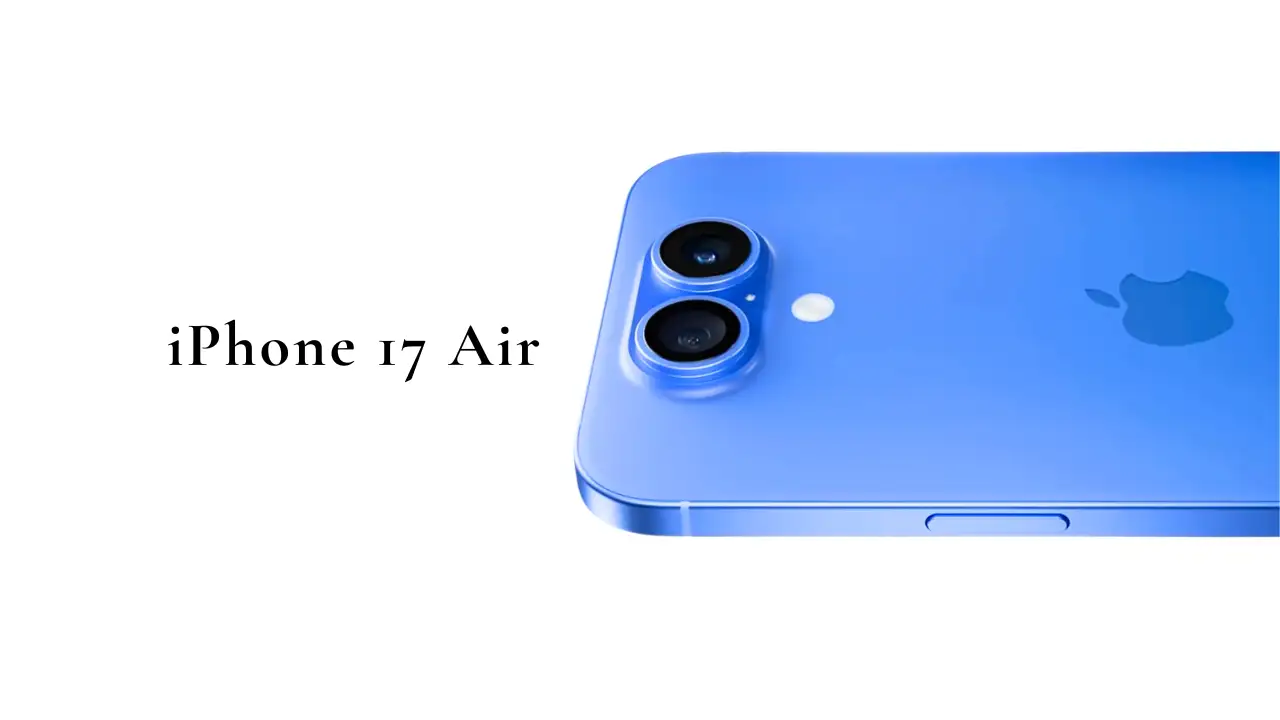Apple is rumored to be gearing up for one of its most ambitious iPhone launches yet with the iPhone 17 Air, a device that could redefine thinness in smartphones. Drawing inspiration from the revolutionary MacBook Air, this model might push boundaries but also introduce risks.
The buzz surrounds Apple’s possible decision to include its in-house modem in the iPhone 17 Air. While this would mark a significant step in Apple’s quest for hardware independence, reports suggest there could be trade-offs. According to The Information, the modem might deliver lower peak speeds and slightly less reliable network connections compared to the third-party chips used in current iPhones.
This potential compromise has sparked concerns about a repeat of the infamous “antennagate” saga, which plagued the iPhone 4’s launch. Users might wonder if the pursuit of ultra-thin design is worth potential connectivity issues.
On the flip side, the shift to an Apple-built modem could pave the way for exciting advancements. Custom components could allow for deeper integration across Apple’s ecosystem, eventually boosting performance and opening doors for innovations in battery efficiency, AI, and even augmented reality.
The iPhone 17 Air presents a real opportunity for Apple to revolutionize its flagship product, but the company must tread carefully. Will this bold move pay off, or will it be seen as a misstep in the quest for progress? As launch day approaches, Apple enthusiasts and critics alike will be watching closely.



